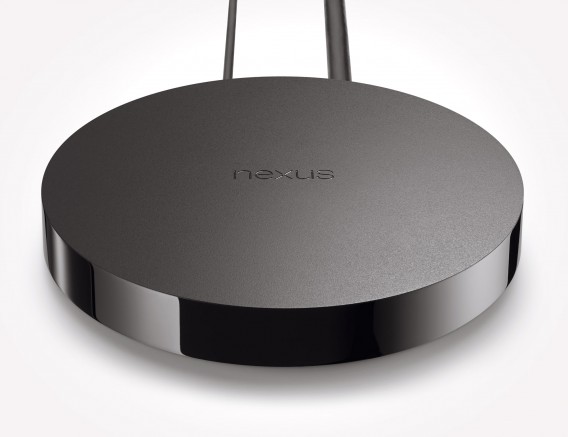Google teased Android 5.0 “L” at Google I/O 2014 but we didn’t know what “L” stood for. Yesterday, Google announced the official name, Lollipop, along with the flagship devices that will launch with the redesigned operating system.
Google is using the launch of Lollipop to unify the operating system across all devices that run Android, including tablets and smartwatches. Much like Android 4.0 Ice Cream Sandwich combined 2.3 Gingerbread (smartphones) and 3.0 Honeycomb (tablets), Lollipop isn’t a huge relaunch of Android, but a final step in the work that the company has completed so far. The addition of Google Play Services and separating Google apps from the OS allowed the OS to shrink and become faster than ever.
Android 5.0 Lollipop is a result of this work with the addition of a new user interface called Material Design.
Why “Lollipop?”
Google has always named versions of Android after sweets and in alphabetical order. Previous releases were called Ice Cream Sandwich, Jelly Bean, and KitKat. Google usually chooses a new name for every major revision of Android.
When will it be available?
Depending on what brand of device you own, the update will be released at different times. The Nexus 6 and Nexus 9 come with 5.0 Lollipop pre-installed.

Nexus 4, Nexus 5, Nexus 7 (1st and 2nd gen) and Nexus 10 will be updated by Google “in the coming weeks.” Google Play Edition devices should also get the update around the same time.
HTC promises an update “within 90 days of receiving (it) from Google.” Motorola says that some of its devices will get Lollipop later this year. Samsung hasn’t officially announced anything, but the company teased an Android 5.0 update for its TouchWiz operating system. Sony announced that its Xperia Z series will receive the update at the beginning of 2015.
Essentially, you should be looking to your cell phone carrier rather than the manufacturer for the update because carriers will want to verify the OS runs smoothly on their networks.
What are the biggest changes?
Visually, Material Design updates the look of the operating system. The idea behind Material Design is that it will scale on all devices, creating a unified user experience.
Lollipop will also allow you to view and interact with notifications directly from the lock screen. It will also prioritize notifications as the operating system learns which apps you use the most.
Android 5.0 is switching runtimes from Dalvik to ART. ART is a recompiled runtime that is more efficient than the now antiquated Dalvik runtime.
One major new feature is that devices running 5.0 Lollipop will come encrypted by default. Other additions to 5.0 are multiple user accounts for phones (you could previously create profiles on tablets in Android 4.3). According to the Android Lollipop page, you can access your phone by “logging into another Android phone running Lollipop.” Multiple user accounts are a great option for families that share devices.
Lollipop will also add more settings in the Quick Settings menu. Other launchers already feature quick access to screen rotation or hotspot control, so it’s nice to see these added to the Google launcher. For people who take lots of pictures with their devices, the OS will support RAW photo formats.
Expect Android to expand beyond mobile devices
Google also showed off the Nexus Player, the first official Android TV device. Both the Nexus Player and Chromecast are under the Google Cast Platform and it’ll be interesting to see other manufacturer’s Android TV devices. Another announcement from this year’s Google I/O was Android Auto, an operating system for your car that runs off your Android phone. We haven’t heard much about the in-car operating system but Android Lollipop should lay the groundwork to bring Android into the car.

Welcome to a new Android ecosystem
Android 5.0 Lollipop is the first step into this new Android ecosystem. While not much is known about the other platforms that Android will run on, Lollipop is the evolution and reboot that the operating system needs to grab the attention of new users. The same problem exists though, since manufacturers have their own Android skins, the release delay for Android 5.0 could have people waiting months before they’re able to update.
Related Articles
What’s new in Android 5.0 Lollipop
How to use Android 5.0 Lollipop
Follow me on Twitter: @chrislikesrobot


